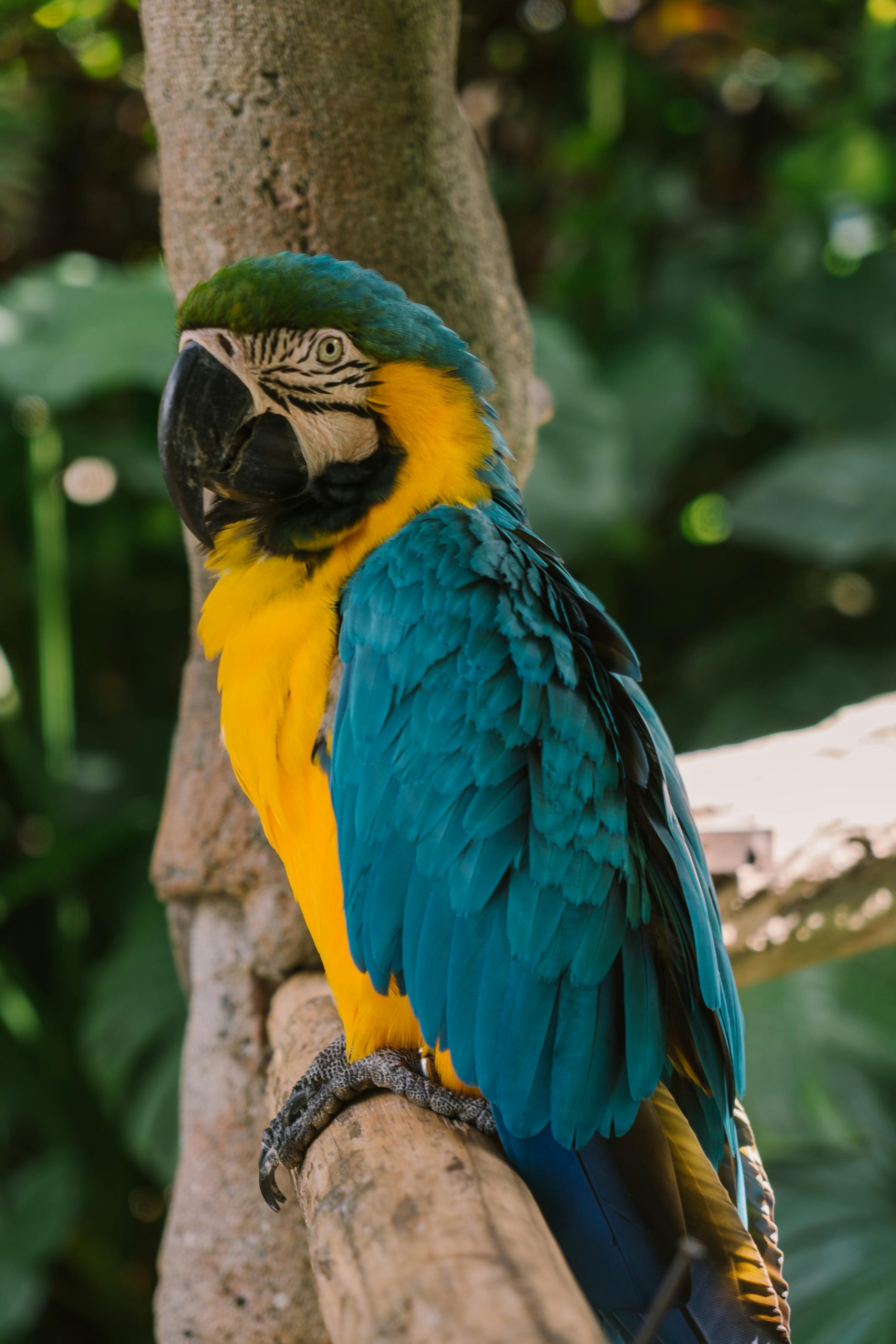Nature never ceases to amaze us, often revealing its most extraordinary secrets in the least expected places. From bustling cities to barren deserts, rare and elusive species have been discovered in environments where survival seems improbable. These hidden wonders challenge our understanding of biodiversity and remind us that life thrives in even the most unconventional corners of the planet. Join us as we explore some of the most surprising discoveries of rare species found in unexpected locations.
Urban Jungles: Wildlife Thriving in Cities
When we think of rare species, dense urban landscapes are the last places we’d expect to find them. Yet, cities around the world have become unlikely sanctuaries for some of the rarest creatures.
The Peregrine Falcon’s Skyscraper Nests
Once on the brink of extinction due to pesticide use, the peregrine falcon has made a remarkable comeback—not in remote cliffs, but on the ledges of skyscrapers. Cities like New York and Chicago now host thriving populations of these birds, which use tall buildings as substitutes for their natural cliffside habitats.
Leopards in Mumbai
In the bustling metropolis of Mumbai, India, leopards roam the edges of Sanjay Gandhi National Park. These elusive big cats have adapted to urban life, often venturing into residential areas under the cover of darkness. Their presence highlights the delicate balance between urban expansion and wildlife conservation.
- Key Takeaway: Cities can serve as unexpected refuges for endangered species when natural habitats are preserved or recreated.
Life in the Extremes: Rare Species in Harsh Environments
Some of the rarest species on Earth have been found in environments so extreme that survival seems impossible. These resilient organisms defy the odds, thriving where few others can.
The Devil’s Hole Pupfish
In the scorching Nevada desert, the Devil’s Hole pupfish survives in a single, small geothermal pool. With a population that fluctuates between just a few dozen individuals, this fish is one of the rarest vertebrates on the planet. Its existence in such an isolated and extreme habitat is a testament to nature’s adaptability.
Tardigrades: The Ultimate Survivors
Often called “water bears,” tardigrades are microscopic creatures capable of surviving in the vacuum of space, boiling hot springs, and even deep-sea trenches. Their ability to endure extreme conditions makes them one of the most resilient species ever discovered.
- Why It Matters: Studying these species helps scientists understand the limits of life and the potential for survival on other planets.
Unexpected Marine Marvels: Rare Ocean Dwellers
The ocean covers over 70% of the Earth’s surface, yet much of it remains unexplored. Some of the rarest marine species have been found in the most unexpected underwater niches.
The Coelacanth: A Living Fossil
Once thought to have gone extinct with the dinosaurs, the coelacanth was rediscovered in 1938 off the coast of South Africa. This ancient fish, often called a “living fossil,” has remained virtually unchanged for millions of years, hiding in deep underwater caves.
The Yeti Crab of Hydrothermal Vents
Discovered near hydrothermal vents in the Pacific Ocean, the yeti crab is a bizarre creature with hairy claws that cultivate bacteria for food. These crabs thrive in one of the most inhospitable environments on Earth, where temperatures and pressures are extreme.
- Fun Fact: The yeti crab was only discovered in 2005, proving how much of the ocean remains a mystery.
Conclusion
The discovery of rare species in unexpected places is a powerful reminder of nature’s resilience and adaptability. Whether in the heart of a city, the depths of the ocean, or the harshest deserts, life finds a way to persist. These hidden wonders not only enrich our planet’s biodiversity but also inspire us to look closer at the world around us—because you never know what rare treasure might be hiding just out of sight.
